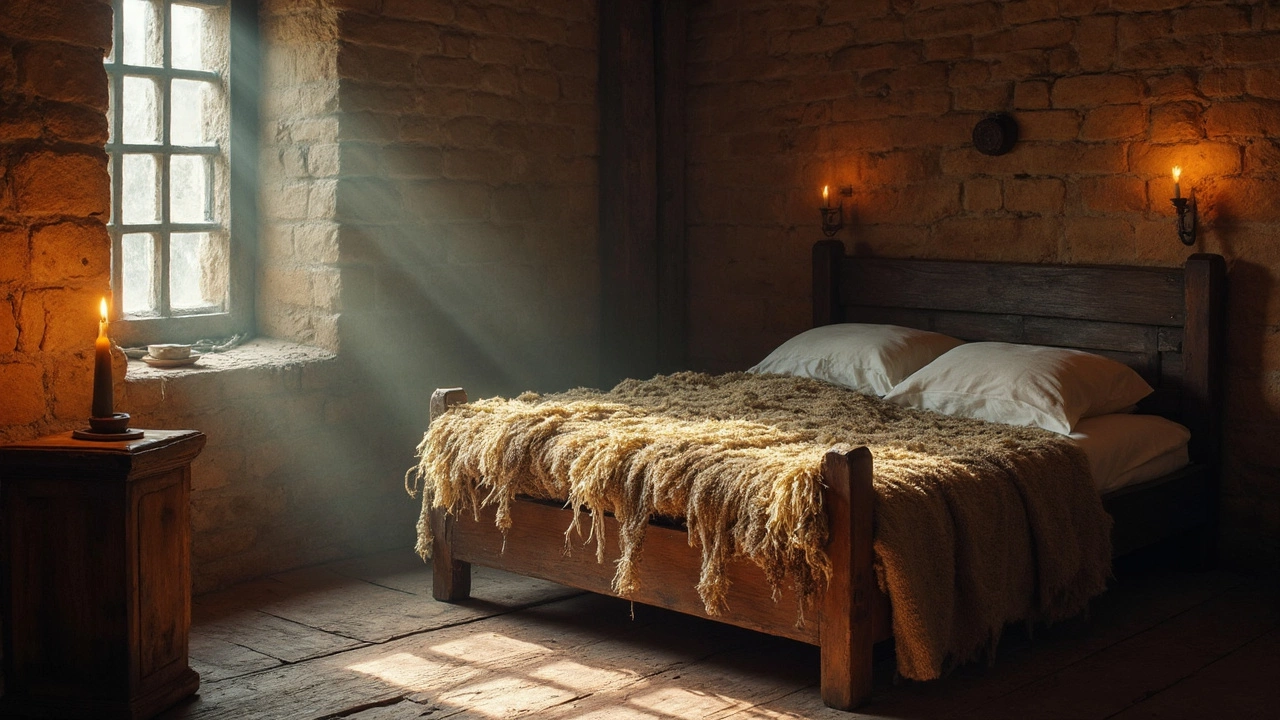Old-Fashioned Bedding Made Eco-Friendly and Cozy
Ever walked into a bedroom that felt like a warm hug from the past? That’s the magic of old-fashioned bedding—soft, timeless, and full of character. The good news? You don’t have to sacrifice the planet to get that vintage vibe. With a few smart choices, you can enjoy classic looks while keeping your home green.
Pick the Right Materials
The first step is choosing fabrics that are both retro‑inspired and sustainable. Organic cotton is a crowd‑pleaser: it feels gentle on the skin, lasts long, and is grown without harmful pesticides. Linen, especially European flax, brings that breezy, slightly wrinkled look that screams heritage style. If you want something extra plush, consider Tencel lyocell—made from responsibly harvested wood pulp, it mimics the softness of cotton but uses far less water.
When shopping, look for certifications like GOTS (Global Organic Textile Standard) or OEKO‑Tex. Those labels guarantee the material was processed without toxic dyes, which is a win for both your health and the environment.
Bring Vintage Patterns to Life
Old-fashioned bedding isn’t just about the fabric; it’s also about the patterns you choose. Classic florals, paisley, and checked designs instantly add a nostalgic feel. The trick is to pick prints that are printed with low‑impact inks. Many eco‑brands now use water‑based dyes that don’t pollute waterways.
Mix and match at a subtle level—pair a solid organic cotton duvet cover with a patterned linen pillowcase. This keeps the look balanced and avoids visual overload. If you love the drama of heavy drapes, a quilted cover with a vintage stitch pattern can become the centerpiece of your bed.
Don’t overlook the little details. Hand‑stitched seams, wooden buttons, and natural latex toppers all add authenticity while staying kind to the planet. Some artisans even up‑cycle vintage fabrics, turning old curtains or tablecloths into one‑of‑a‑kind bedding pieces.
Finally, think about care. Sustainable fabrics often need gentler washing—use a cold cycle, avoid harsh detergents, and line‑dry when possible. This not only extends the life of your bedding but also saves energy.
Old-fashioned bedding doesn’t have to feel outdated or wasteful. By selecting organic cotton, linen, or Tencel, opting for low‑impact prints, and paying attention to craftsmanship, you can create a bedroom that feels like a step back in time—without leaving a big carbon footprint. Start small, experiment with a single pillowcase or a sheet set, and watch how quickly your space transforms into a cozy, greener haven.
-

Old Meaning of Bedding: Insights and Origins
Ever wonder what bedding used to mean? Traditionally, it wasn't just about comfort; bedding once referred to the entire sleeping setup, including pallets, straw, and more. This term has surprisingly deep roots, tracing back to times when beds were more functional than stylish. This article delves into the layers of bedding history, offering fascinating insights and practical tips related to historical bedding practices.
